
Maintaining healthy hair is a desire shared by many. Discover the secrets to healthy hair in this must-read article. Whether you’re looking to enhance your hair’s natural beauty or address specific concerns, this article provides valuable insights and practical tips.
Learn about proper hair care, effective maintenance techniques, and styling advice. From understanding your hair type to embracing protective styles, this article offers take-home points that will help you achieve and maintain lustrous, healthy hair. Don’t miss out on the secrets to unlocking your hair’s full potential!
Understanding Hair Structure and Growth
Before diving into the secrets of healthy hair, it’s important to understand the basics of hair structure and growth. Each hair strand consists of three layers: the cuticle, cortex, and medulla.
The cuticle acts as a protective barrier for the underlying layers of hair, influencing its shine and texture. The cortex provides strength and elasticity, while the medulla, found in thicker hair, offers additional support.
Hair growth occurs in cycles, consisting of three phases: anagen (growth phase), catagen (transition phase), and telogen (resting phase). Understanding this cycle helps us comprehend the impact of various factors on hair health.
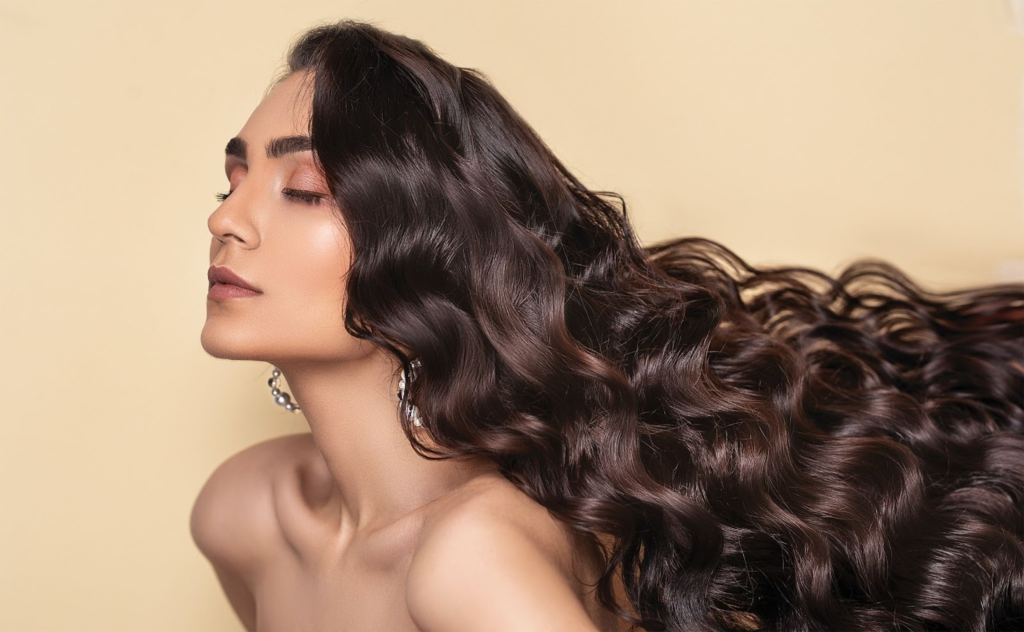
Maintaining Healthy Hair
Proper nutrition plays a vital role in maintaining healthy hair. Just like other parts of our body, hair needs essential vitamins and minerals to thrive. Incorporating a balanced diet rich in protein, iron, zinc, and vitamins A, C, and E can promote hair growth and prevent hair loss.
Hydration is also crucial for healthy hair. Drinking an adequate amount of water keeps the scalp hydrated, preventing dryness and brittleness. Additionally, limiting caffeine and alcohol consumption can help maintain hair moisture.
Heat and chemical damage can wreak havoc on our hair. Excessive use of heat-styling tools like straighteners and curling irons, as well as harsh chemical treatments, can lead to breakage, dryness, and dullness. Minimizing the use of heat and opting for natural hair care methods can significantly improve hair health.
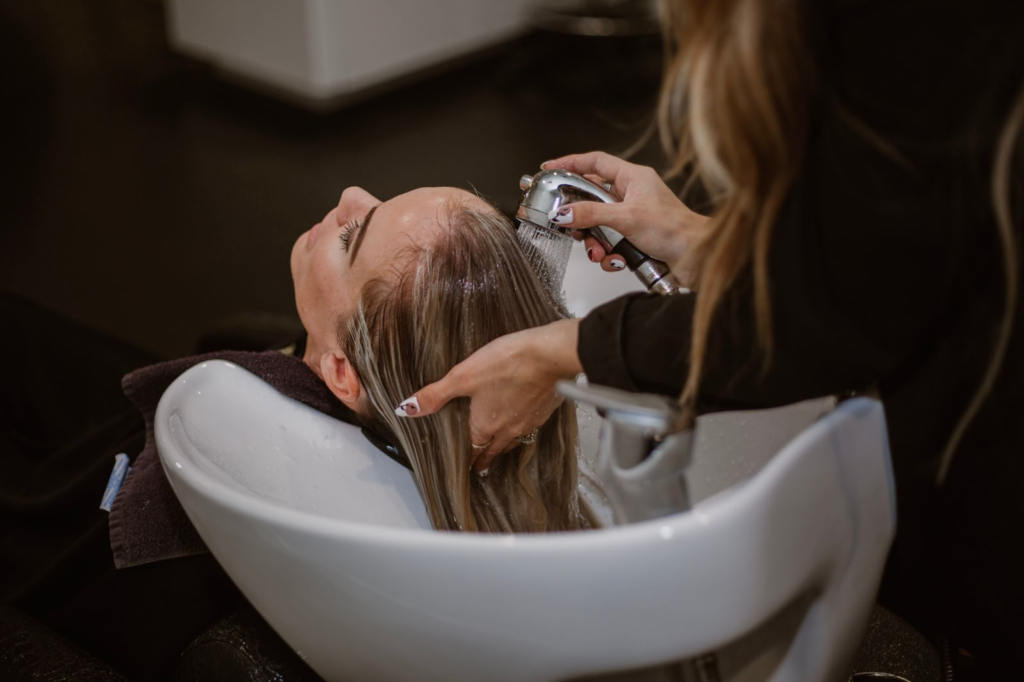
Essential Hair Care Routine
In addition to washing, it’s important to protect your hair from the sun and environmental factors. UV rays can damage hair and cause it to become weak and brittle. Wearing a hat or using hair products with UV protection can shield your locks from harmful rays.

Effective Hair Maintenance Tips
Managing tangles and knots can be frustrating, but there are ways to make the process easier. Applying a leave-in conditioner or detangling spray before combing helps reduce friction and allows the comb or brush to glide smoothly through your hair. To minimize breakage, begin untangling your hair from the tips and gradually work your way up.
Styling Tips for Healthy Hair
When it comes to styling, it’s important to minimize heat usage to avoid damage. Heat styling tools, such as blow dryers, curling irons, and straighteners, can strip hair of moisture and lead to dryness and brittleness. Embracing natural hairstyles that require minimal heat can help maintain the health of your hair.
Another way to protect your hair is by using protective hairstyles. These styles, such as braids, buns, or updos, help keep your hair in place and reduce exposure to environmental elements that can cause damage.
DIY Hair Masks and Treatments
In addition to a regular care routine, indulging in DIY hair masks and treatments can provide extra nourishment for your locks. Various natural ingredients, such as avocado, coconut oil, honey, and yogurt, can be combined to create homemade hair masks that moisturize, repair, and strengthen your hair.
Scalp health is also crucial for healthy hair. Treatments like tea tree oil or aloe vera gel can be used to address common scalp issues like dandruff, itchiness, or dryness. Applying these treatments directly to the scalp and massaging gently can help promote a healthy environment for hair growth.
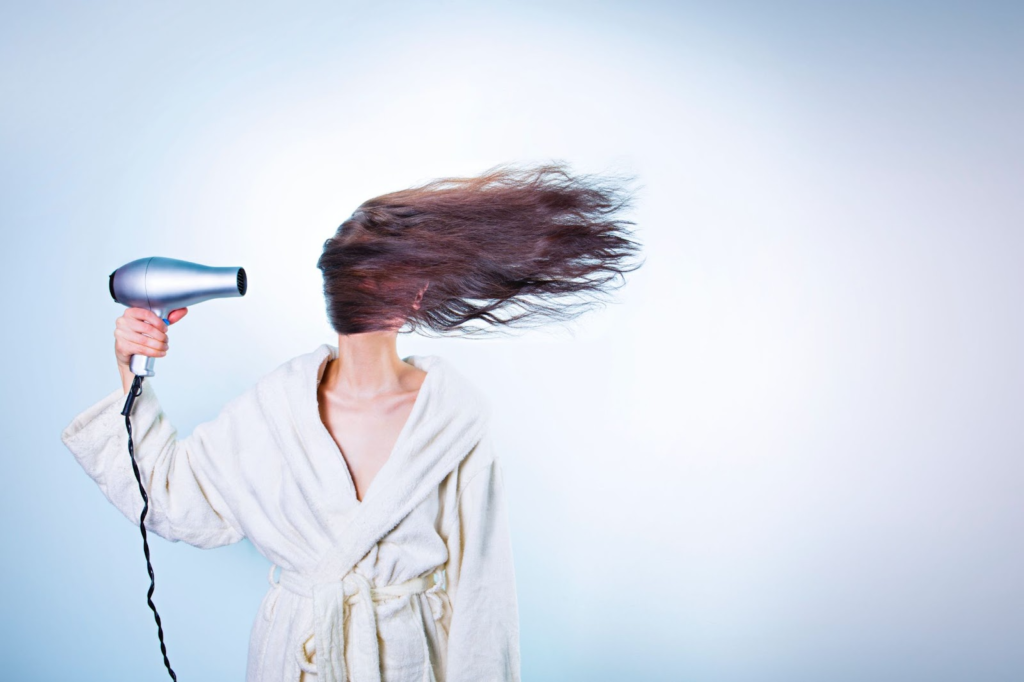
Avoiding Common Hair Mistakes
Overusing styling products can also weigh down your hair and lead to buildup, making it look dull and lifeless. It’s important to use these products in moderation and choose lightweight options that don’t leave a residue.
While focusing on the hair strands, it’s essential not to ignore scalp health. A healthy scalp promotes healthy hair growth. Regularly exfoliating your scalp, massaging it to stimulate blood circulation, and keeping it clean can contribute to overall hair health.
Best Practices for Maintaining Healthy Hair
- Know Your Hair Type and Texture: Understand your hair type and texture to tailor your hair care routine accordingly.
- Keep Your Scalp Clean and Nourished: Regularly cleanse your scalp to remove dirt and product buildup, and use a nourishing conditioner to keep it hydrated.
- Moisturize Your Hair Regularly: Use a conditioner or hair mask with natural moisturizing ingredients to keep your hair hydrated and prevent dryness.
- Protect Your Hair from Heat Damage: Minimize the use of heat styling tools and always apply a heat protectant before using them.
- Use the Right Hairbrush: Choose brushes with natural bristles or wide-toothed combs to minimize breakage and distribute natural oils.
- Trim Regularly: Schedule regular trims to prevent split ends and promote healthy hair growth.
- Eat a Balanced Diet: Consume a diet rich in vitamins, minerals, and proteins to nourish your hair from within.
- Protect Your Hair from Environmental Factors: Shield your hair from UV rays, pollution, and harsh weather conditions by using hats or protective hairstyles.
- Avoid Overwashing Your Hair: Find a washing routine that suits your hair type and avoid overwashing, as it can strip away natural oils.
- Embrace Protective Hairstyles: Opt for protective hairstyles like braids or updos to minimize manipulation and reduce breakage.
Final Thoughts
Achieving and maintaining healthy hair requires a combination of care, maintenance, and styling techniques. By understanding the structure and growth of hair, providing proper nutrition, and following an effective hair care routine, you can nurture your locks and keep them looking their best. Embrace natural hairstyles, minimize heat styling, and indulge in DIY hair masks and treatments to enhance your hair’s health and vitality. Avoid common mistakes and prioritize scalp health for optimal results. With these secrets to healthy hair, you can unlock the potential of your tresses and enjoy a head full of vibrant, beautiful hair.
Also Read: Mastering Natural Beauty Remedies with DIY Face Masks and Hair Treatments
FAQs
- Q: How often should I wash my hair?
- A: The frequency of hair washing depends on various factors such as hair type, scalp condition, and personal preference. Generally, it’s recommended to wash your hair every 2-3 days for most hair types. However, if you have oily hair, you may need to wash it more frequently, while those with dry or curly hair may benefit from less frequent washing.
- Q: Can stress cause hair loss?
- A: Yes, stress can contribute to hair loss. High stress levels can disrupt the hair growth cycle, leading to excessive shedding or hair loss conditions like telogen effluvium. Managing stress through relaxation techniques, exercise, and self-care can help mitigate its impact on hair health.
- Q: Are natural hair products better for my hair?
- A: Natural hair products can be beneficial for some individuals as they often contain fewer harsh chemicals and synthetic ingredients. However, it’s important to note that not all natural products are suitable for every hair type. It’s essential to find products that work well for your specific hair needs, whether they are natural or conventional.
- Q: Is it okay to use heat styling occasionally?
- A: Using heat styling tools occasionally is generally fine as long as you take precautions to minimize damage. Before applying heat, use a heat protectant spray or serum to create a barrier between the heat and your hair. Additionally, using lower heat settings and limiting the frequency of heat styling can help preserve the health of your hair.
- Q: How long does it take for hair to grow?
- A: On average, hair grows about half an inch (1.25 cm) per month. However, individual hair growth rates can vary due to genetics, age, and overall health. It typically takes several months to notice significant length changes, and maintaining a healthy lifestyle and hair care routine can support optimal hair growth.
Hashtags: #HealthyHair #HairCareTips #HairMaintenance #StylingAdvice #HairHealth #NaturalHairCare #HairGoals #HairSecrets #HairRoutine #DIYHairCare #ScalpHealth #HairGrowth #HairProtection #HairTips #HairStyling #HairMasks
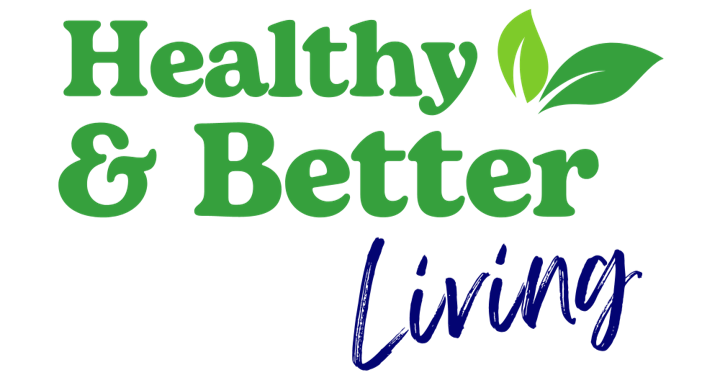





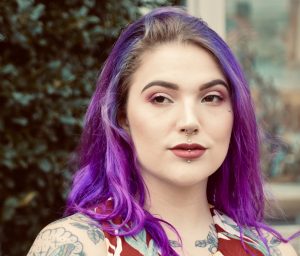
No comment yet, add your voice below!